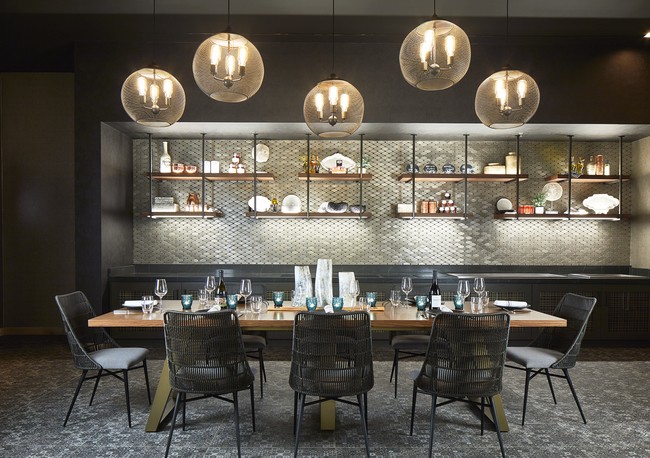Restaurant design is so much more than the physical space and blueprints. While the design starts there, a truly great experience is found in all the details.
I’ve opened multiple restaurants over the years. Here are 10 things I wish I had known—or I learned the hard way—on creating ambience, setting a table and small touches. Meeting and event planners can translate these into creating memorable spaces for their F&B programs, no matter where the venue.
1. Maximize mixed-use space
Don’t have a private dining area or are expecting large groups? Make sure your tables are easily moved or joined together. Soft seating or lounge areas make for great reception spaces, but when needed you can maximize dining space by replacing soft seating with tables.
2. Curate a great soundtrack and use it correctly
The physical space is a small part of what sets your mood. Breakfast should be mellow, and you’ll want to increase the energy and volume into dinner service. The soundtrack should amplify your service.
3. Use comfortable chairs
The sleekest bar stools in the world mean nothing if your guests are falling out of them. You want your guests to be comfortable so they can enjoy your space and not topple over.
4. Stay true to your concept, always
Table decor, service pieces and everything in your space should enhance your concept. In Nashville, we use blank cassette tapes for food signs and vinyl records for reserve signs. It’s all about the concept.
[Related: North Carolina Group Dining Shows Off Its Southern Culture]
5. Table settings should be simple
Leave your table space open and don’t overcrowd it with jams, butter or knickknacks. Enhance your service by having those items delivered. You want the focus to be on the food and beverage and not items getting in the way.
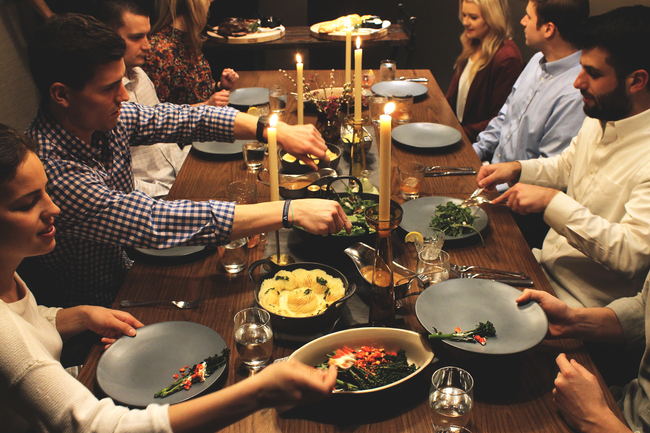
Photo: Little Fib resturaunt
6. Have a design element for “The ’Gram”
Slogans in neon are all the rage for a reason. They get your guests to pull out their phones when they walk into your space and share the experience with their friends.
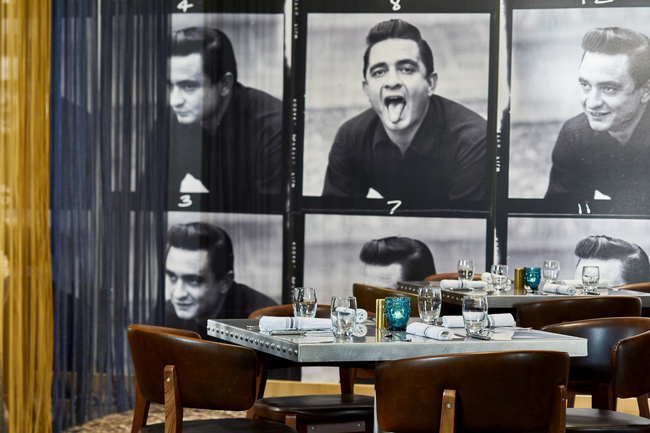
Photo: Little Fib resturaunt
7. Use the right glassware
There is nothing worse than a cute six-ounce coffee mug that needs to be refilled four times at breakfast, or the rocks glass that is just too small for that perfect square ice cube. Test out your glassware and save your sanity.
8. Takeaways
Incorporate elements into your design that allow guests to personalize their experience and take it with them. Postcards with your logo and fun matchbooks are examples of design elements that will remind guests of their great meal function.
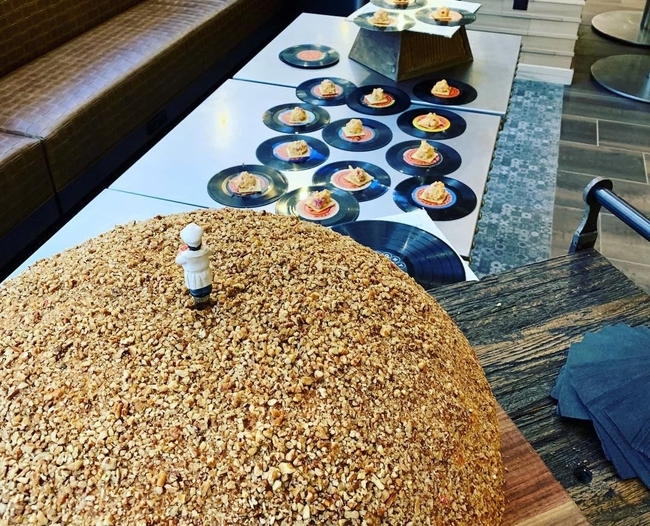
Photo: Little Fib resturaunt
9. Invest in menu design
Have your menu professionally designed. It is one of the first impressions of the food, so start it off right. Make sure you can edit it onsite as well.
10. You can never be too consistent
No matter if it’s table settings, lighting or a buffet setup, find a design theme you love and make sure everyone sticks with it.
About the Author: 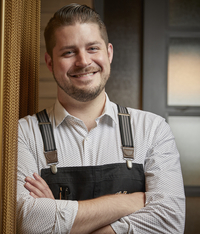
Restaurant veteran James Kerwin is executive chef of Little Fib Restaurant, located in the Renaissance Nashville Hotel. Before entering Nashville’s restaurant scene, Kerwin worked for more than a decade in some of Chicago’s top kitchens, receiving local and international recognition.
Read next: Virginia Country Comfort Awaits Groups at Goodstone Inn & Restaurant]



